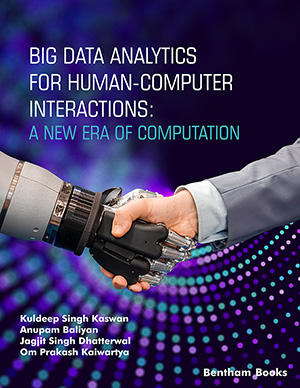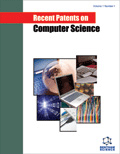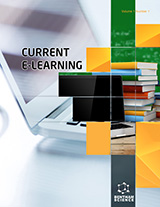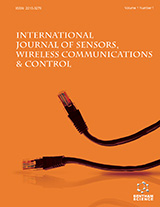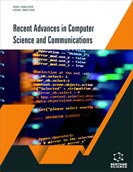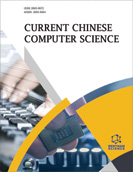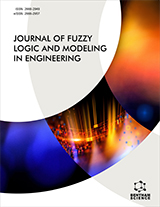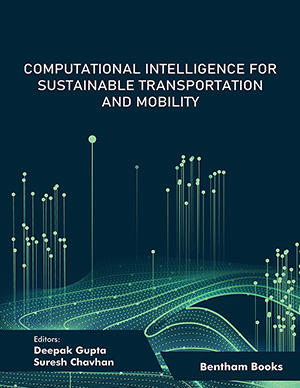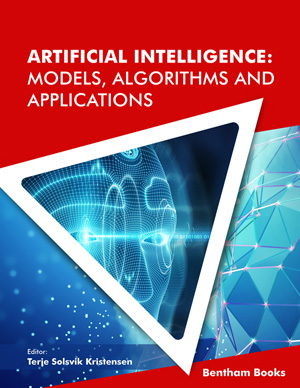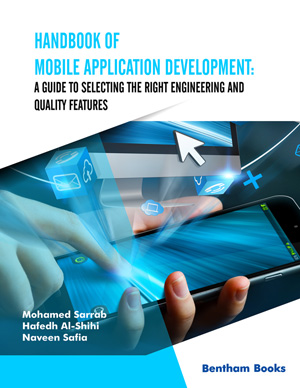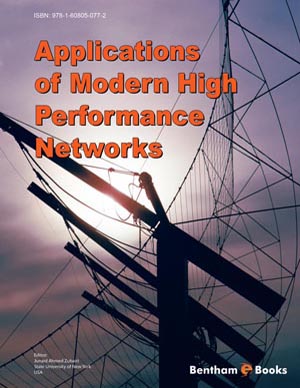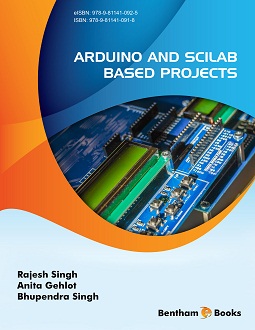Abstract
The capacity to get insights and operations from data has not significantly
altered with tremendous technological advances over the previous 30 years.
Applications are generally built to fulfill default responsibilities or automate tasks;
thus, the designer must prepare and write the logic for every situation. Computers are
quicker and less expensive but not significantly more intelligent. Naturally, people are
not more brilliant than they were 30 years before. For people and robots, this is going
to change. A new generation of information technology emerges, starting with the
automation technology from the previous computer model to offer a collaborative
discovery platform. These technologies' initial wave has already increased human
knowledge in several disciplines. These computers may draw meaning from volumes
of natural language text as collaborators or collaborators for their human users and
create and assess hypotheses in minutes based on analysing more significant facts than
a person would absorb in a lifetime. That's the potentil of artificial intelligence. This
chapter discusses a relationship between big data, NLP, and Cognitive Systems, voice
in NLP component and performing the related tasks. This chapter contrasts
unstructured data in written material, video, and images, designed for human
consumption and interpretation and also explains big data's role in creating cognitive
computing systems.
Keywords: Catalogs, Cognitive system, Classification, Context-free language, Data-oriented technologies, Dictionaries, Emotional variations, Hierarchical database, Intellectual system, Lexical analysis, Labels, MRI, NLP, Ontologies, Regression algorithms, Statistical techniques, Speech recognition, Tokenization, Videoconferencing.


